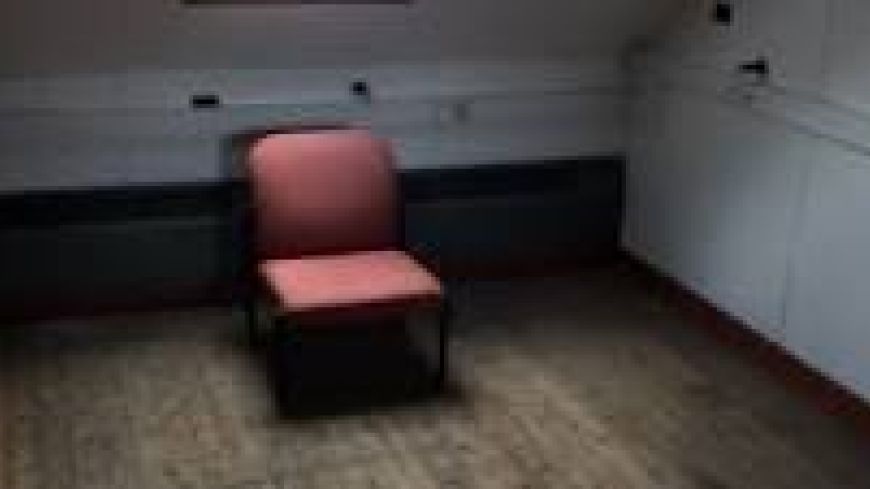
What happens when an audience arrives at a theatre performance and there are no actors and no performance? The answer is - not much!
Fourteen of us were ushered up a narrow, winding staircase and into a room that was largely empty except for a single chair and its lonely occupant, a mobile phone. Instructions had been issued that we could answer the phone, if and when it rang.
We naturally took up places around the edge of the room, eyed up the chair and each other, and waited for something to happen. After a few minutes of shy glances and a few nervous coughs that broke the slightly awkward silence, the phone rang and one of us picked it up.
A male voice instructed the self-chosen one to relay what he was saying to the rest of the group. After about ten minutes, they were told to pass the phone to someone else and this pattern was repeated until the end of the ‘performance’ 50 minutes later.
Between listening to one of our number recounting the unseen male’s whereabouts and state of mind, we were instructed to repeat phrases of encouragement and occasionally move the chair. The final instruction ended with the command to hang up the phone and leave the room. Moderately bewildered and vaguely nonplussed, we did just that.
Jack McNamara has a reputation for producing high-risk, experimental pieces of theatre, and Theatre On A Long Thin Wire probably elicited some interesting results. However, he and we may never know what can be learnt from this for, unlike participating in a real experiment, there was no debrief, no opportunity to feedback, no results and no analysis.
A piece of theatre such as this must necessarily change with each iteration, according to the behaviour of the group/audience. More fun could have been had with this format and a more inclusive experience could have been provided for the audience. As it was, the mild anticipation generated in the beginning gradually dissolved into mild disappointment. Shame!
Runs until 24th August at 4.30pm

